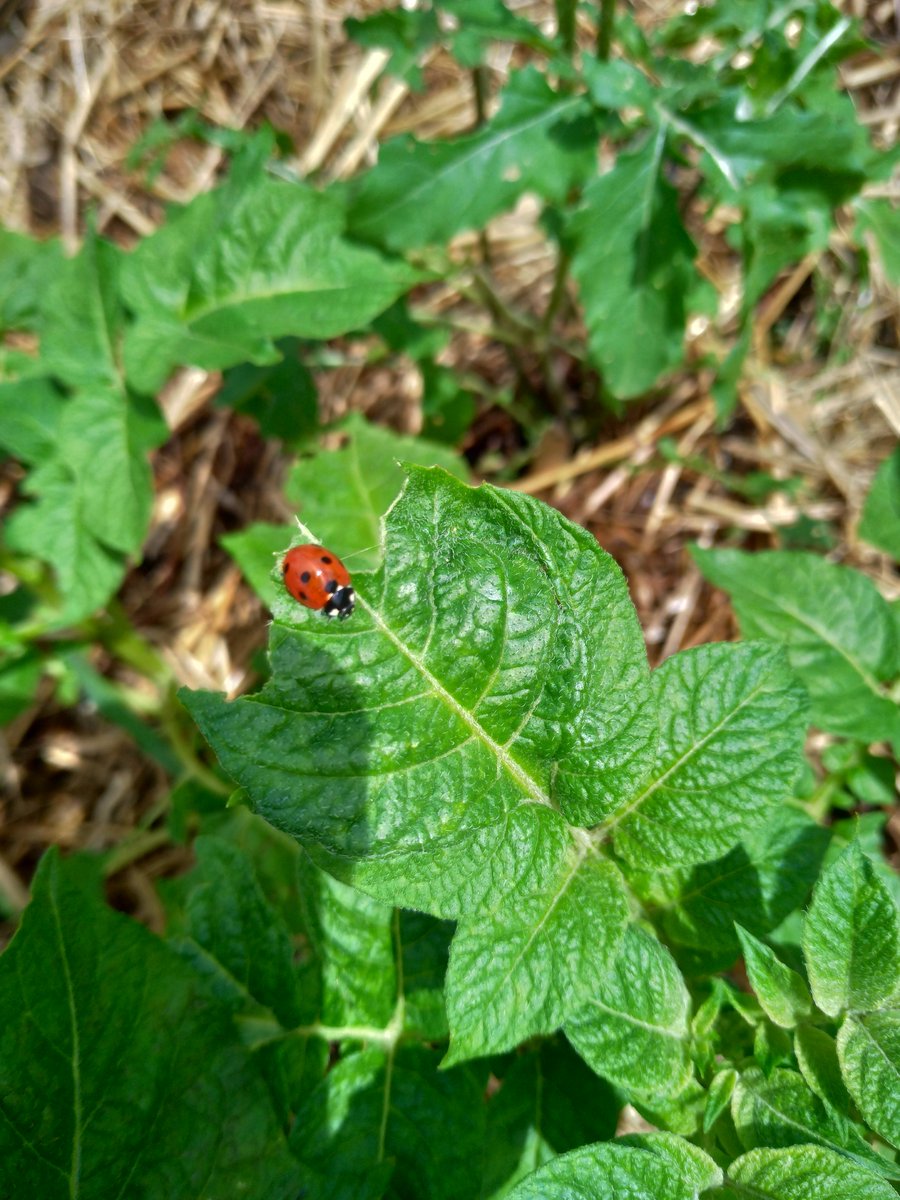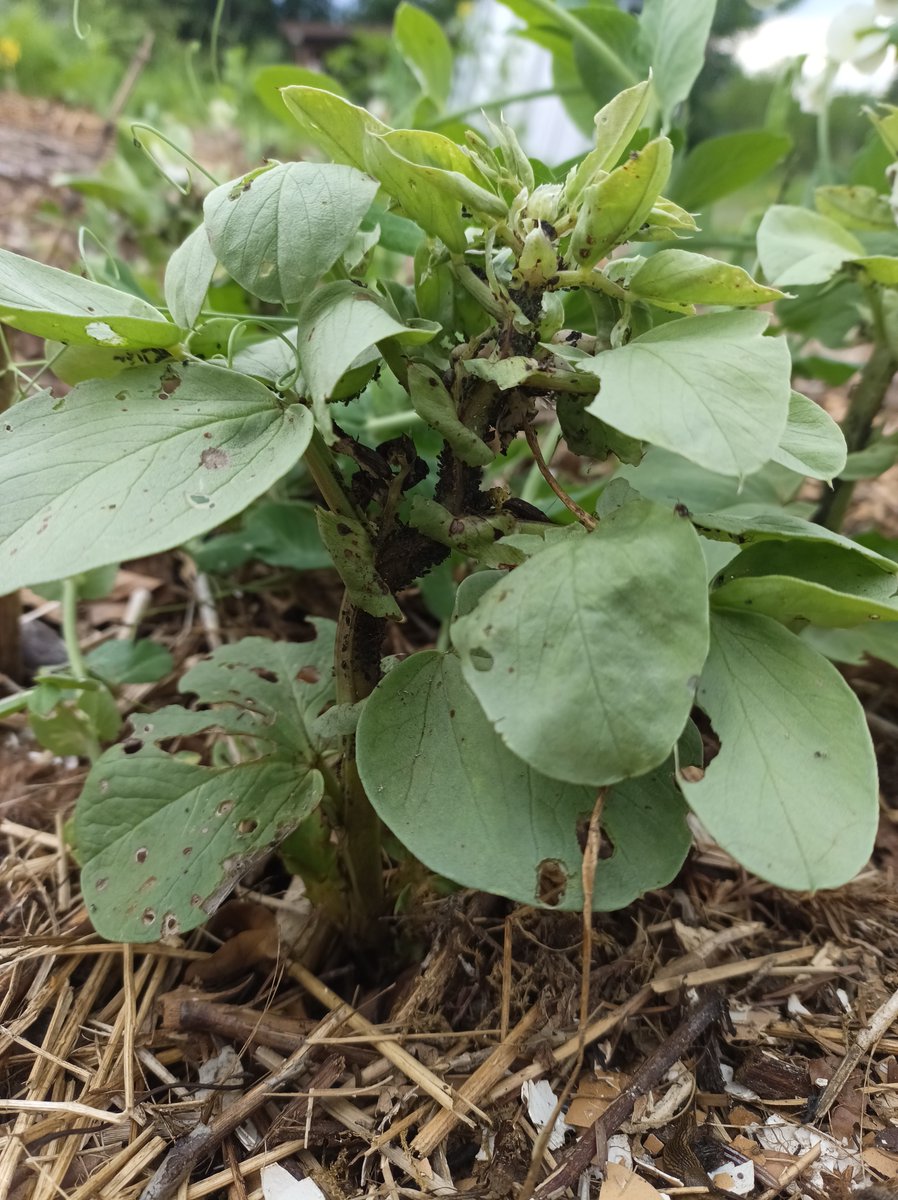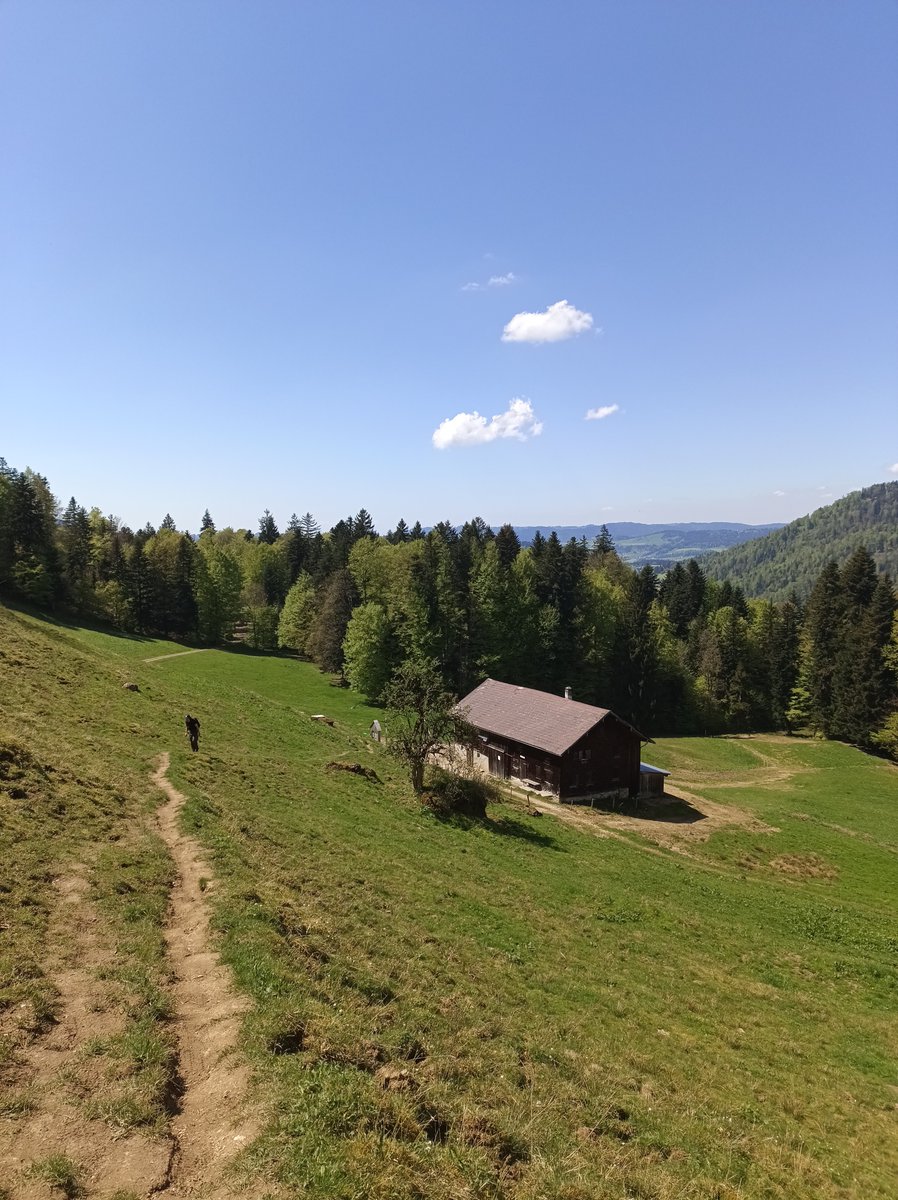Cannabis is brilliant for permaculture gardens—but perhaps not as you'd expect!
Many hemp varieties offer fascinating soil-building potential that many gardeners haven't considered.
Let's explore why these plants might deserve a place in regenerative garden design: A THREAD 🧵
Many hemp varieties offer fascinating soil-building potential that many gardeners haven't considered.
Let's explore why these plants might deserve a place in regenerative garden design: A THREAD 🧵
Before we start, let's clear the air (pun intended):
We're talking about industrial hemp here—cannabis varieties bred for fiber, seed, and soil building, not recreation.
These varieties contain no psychoactive compounds but pack incredible permaculture potential.
We're talking about industrial hemp here—cannabis varieties bred for fiber, seed, and soil building, not recreation.
These varieties contain no psychoactive compounds but pack incredible permaculture potential.
What makes hemp interesting for soil building?
Industrial hemp (cannabis varieties bred for fiber and seed) creates remarkable biomass in a single growing season.
Consider these characteristics:
• Can grow 6+ feet tall in one season
• Develops deep taproots that penetrate compacted soil
• Produces substantial organic matter for composting
• Naturally suppresses weeds through ground coverage
It's essentially a living soil amendment that works while it grows.
Industrial hemp (cannabis varieties bred for fiber and seed) creates remarkable biomass in a single growing season.
Consider these characteristics:
• Can grow 6+ feet tall in one season
• Develops deep taproots that penetrate compacted soil
• Produces substantial organic matter for composting
• Naturally suppresses weeds through ground coverage
It's essentially a living soil amendment that works while it grows.
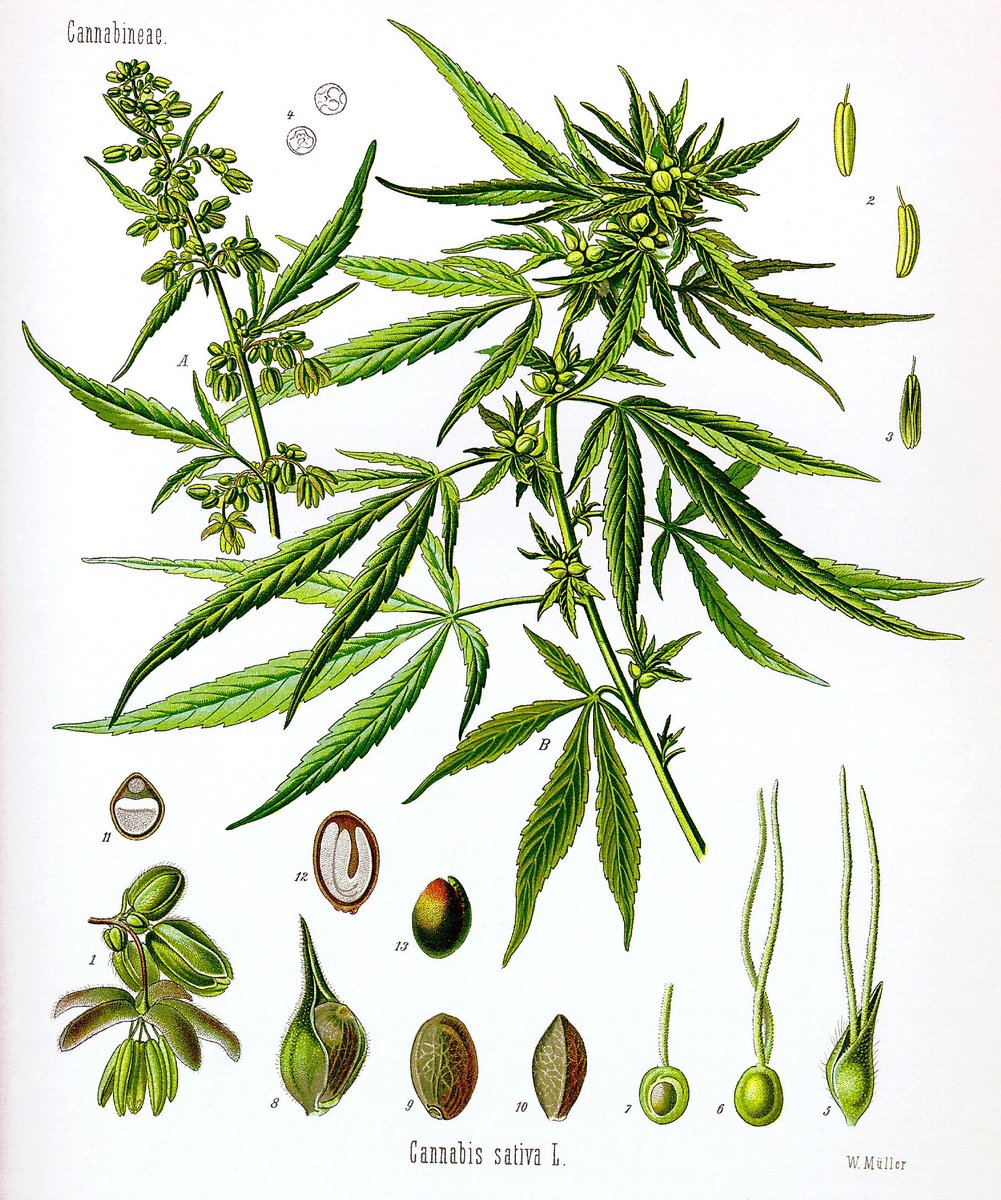
The underground story 🌿
Hemp's root system does quiet but important work:
• Breaks through hardpan layers naturally
• Creates channels for water infiltration
• Brings nutrients from deeper soil layers upward
• Leaves behind organic matter when decomposed
Similar to how daikon radish works, but with even more above-ground biomass to harvest.
Hemp's root system does quiet but important work:
• Breaks through hardpan layers naturally
• Creates channels for water infiltration
• Brings nutrients from deeper soil layers upward
• Leaves behind organic matter when decomposed
Similar to how daikon radish works, but with even more above-ground biomass to harvest.

Multiple yields from one plant
Hemp offers several harvests from the same growing space:
• Seeds can be pressed for oil, with remaining meal used as animal feed
• Fiber has traditional uses in textiles and building materials
• Stalks and leaves create substantial compost material
This aligns beautifully with permaculture principles of maximizing yields from each element.
Hemp offers several harvests from the same growing space:
• Seeds can be pressed for oil, with remaining meal used as animal feed
• Fiber has traditional uses in textiles and building materials
• Stalks and leaves create substantial compost material
This aligns beautifully with permaculture principles of maximizing yields from each element.
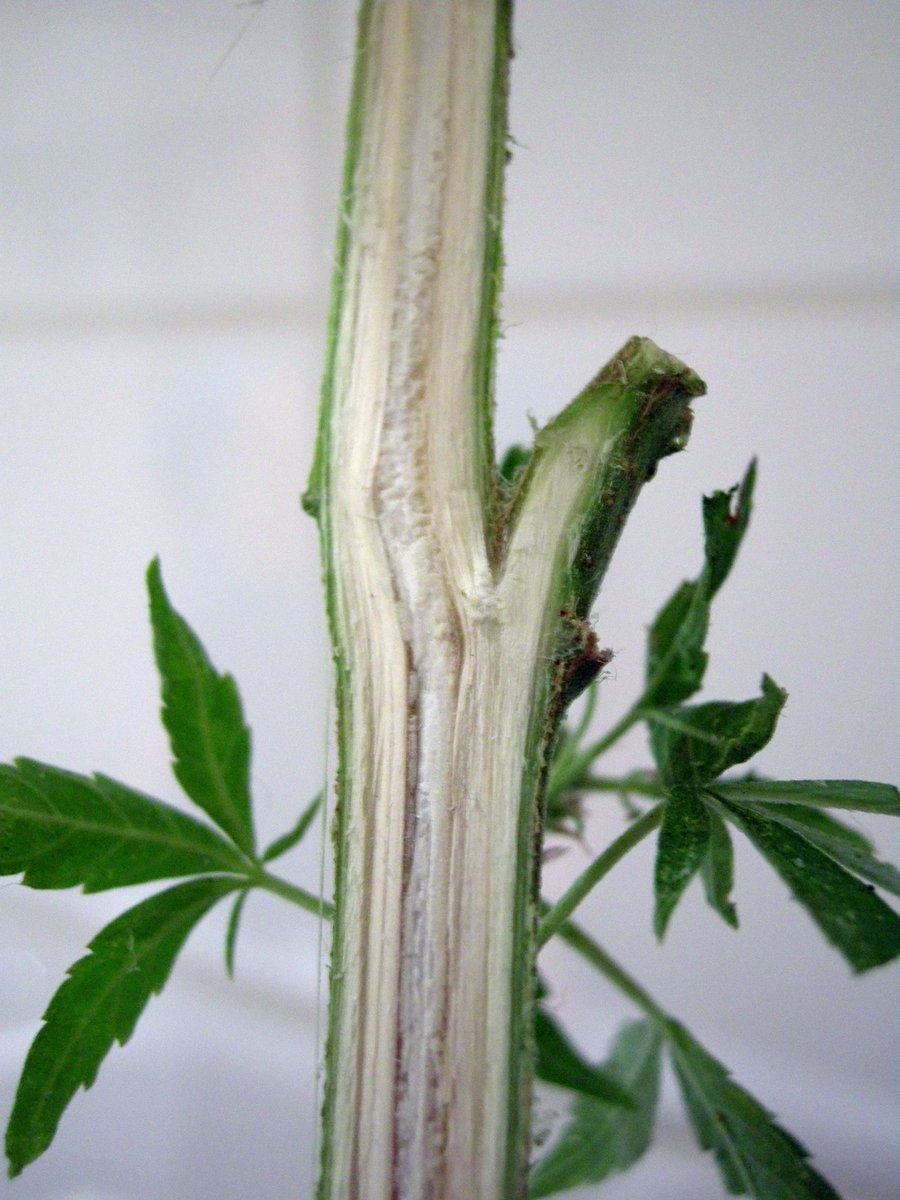
A note on practicality
Hemp cultivation requires careful attention to local regulations, which vary significantly by region. Many areas require licensing or have specific restrictions.
Where legal cultivation isn't practical, similar soil-building benefits can be achieved with:
• Daikon radish for taproot action
• Comfrey for deep nutrient accumulation
• Buckwheat for quick biomass and soil coverage
Hemp cultivation requires careful attention to local regulations, which vary significantly by region. Many areas require licensing or have specific restrictions.
Where legal cultivation isn't practical, similar soil-building benefits can be achieved with:
• Daikon radish for taproot action
• Comfrey for deep nutrient accumulation
• Buckwheat for quick biomass and soil coverage
Potential in rotation systems
Hemp might work well as a soil preparation crop:
• Plant on degraded or compacted areas
• Allow one season for soil improvement
• Follow with vegetables or perennial plantings
• Use harvested biomass to feed the soil
This creates a regenerative cycle that builds soil health over time.
Hemp might work well as a soil preparation crop:
• Plant on degraded or compacted areas
• Allow one season for soil improvement
• Follow with vegetables or perennial plantings
• Use harvested biomass to feed the soil
This creates a regenerative cycle that builds soil health over time.

Hemp represents just one example of how we might think differently about soil building—using plants that work with natural systems rather than against them.
What soil challenges are you facing in your garden?
Sometimes the most effective solutions are the ones we haven't considered yet.
What soil challenges are you facing in your garden?
Sometimes the most effective solutions are the ones we haven't considered yet.
Enjoyed this thread?
Repost the first post 🌀
Subscribe to our free weekly newsletter 📩
Show us some love: like and follow ❣️
Repost the first post 🌀
Subscribe to our free weekly newsletter 📩
Show us some love: like and follow ❣️
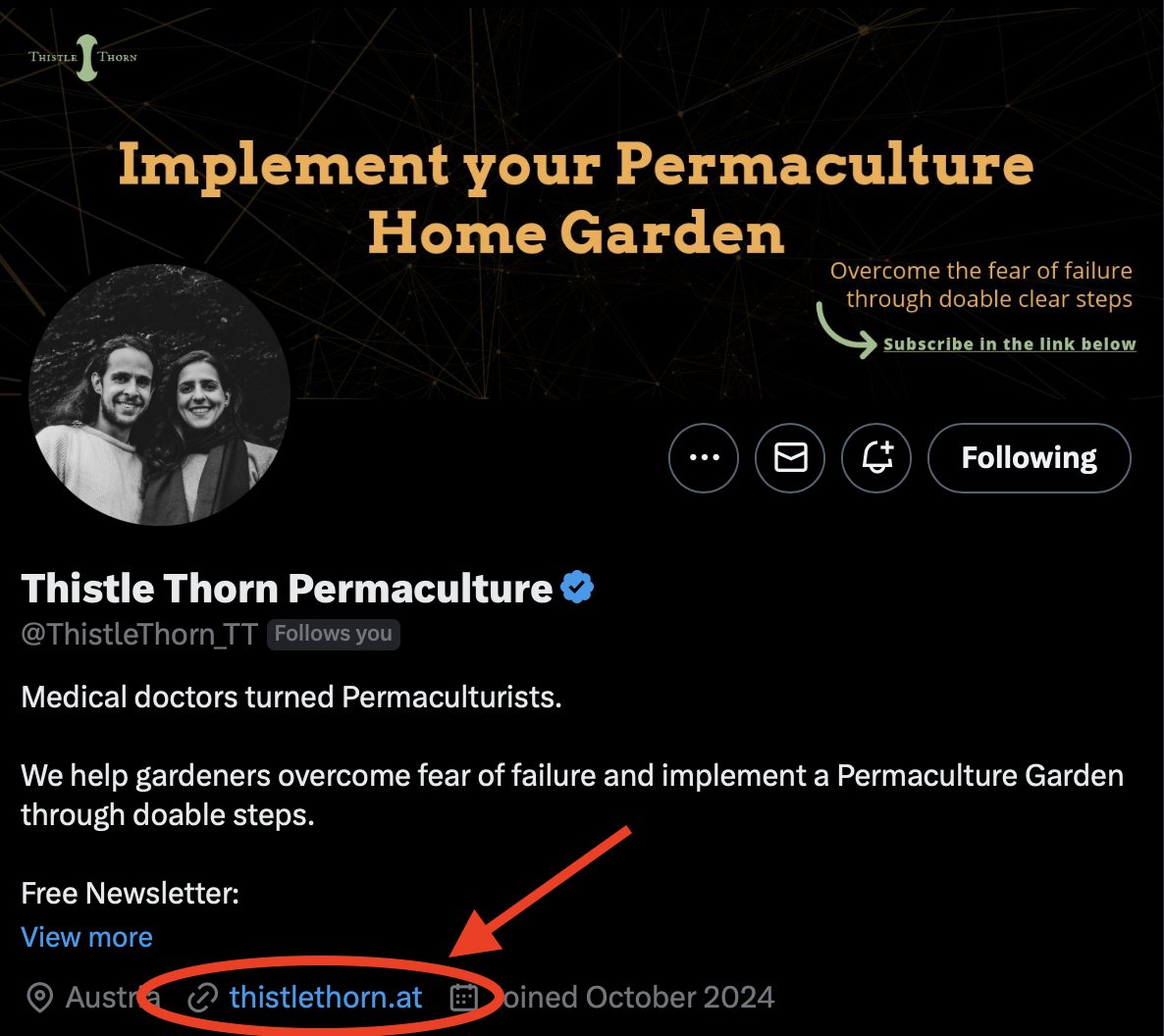
P.S.: This thread discusses industrial hemp varieties of cannabis bred for fiber and seed production. Before considering any cannabis cultivation, research and comply with all applicable local, regional, and national laws.
• • •
Missing some Tweet in this thread? You can try to
force a refresh


